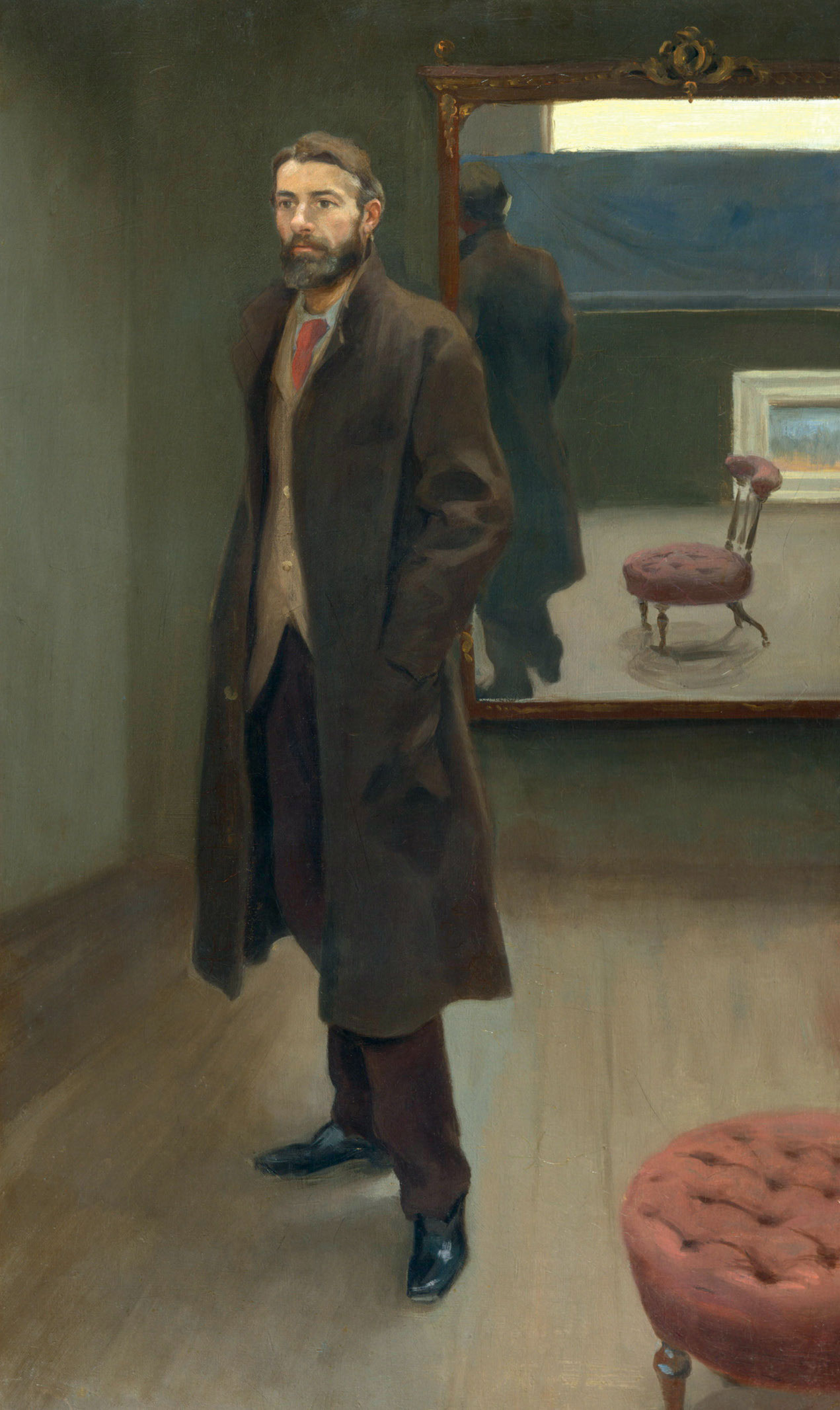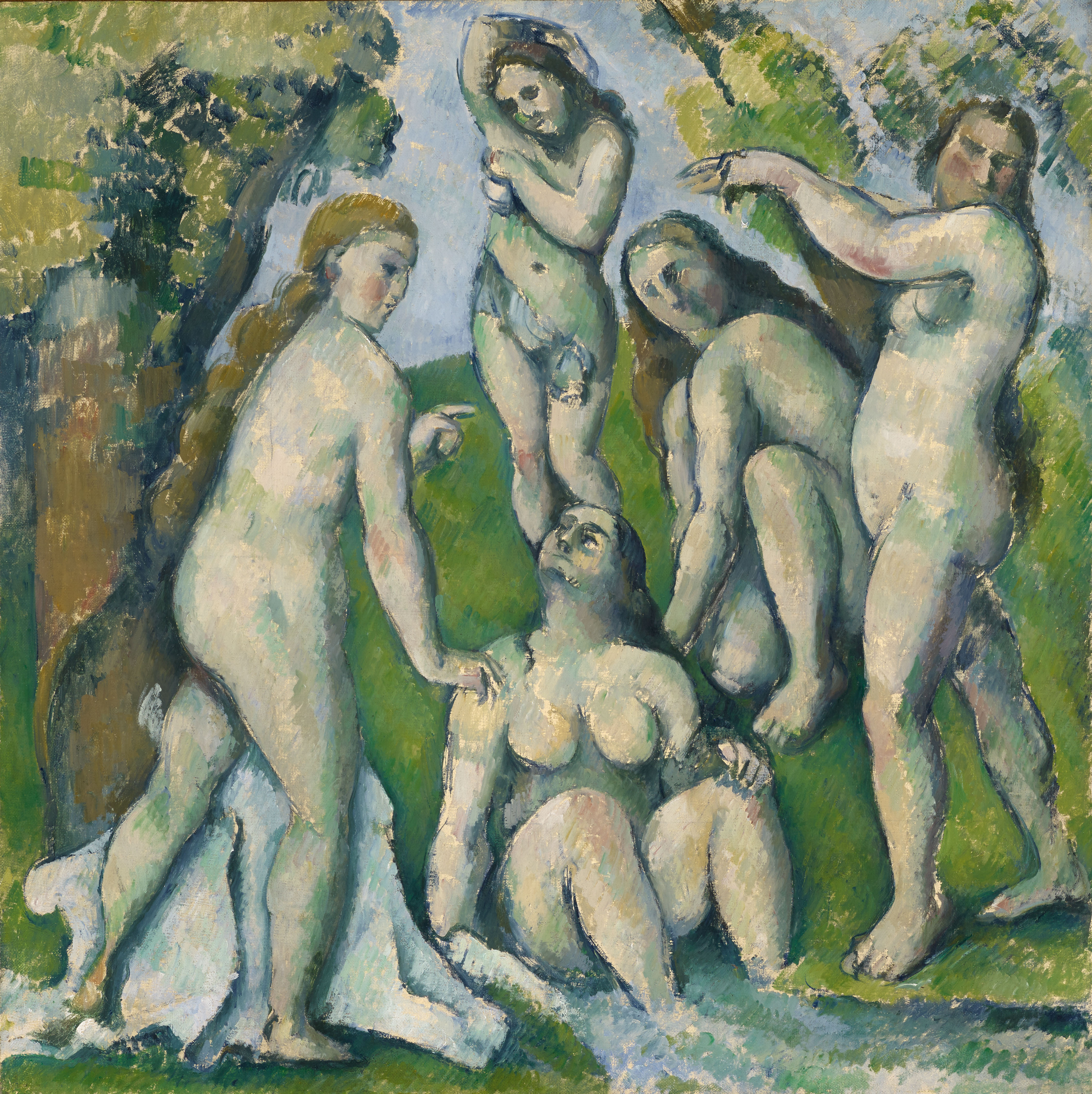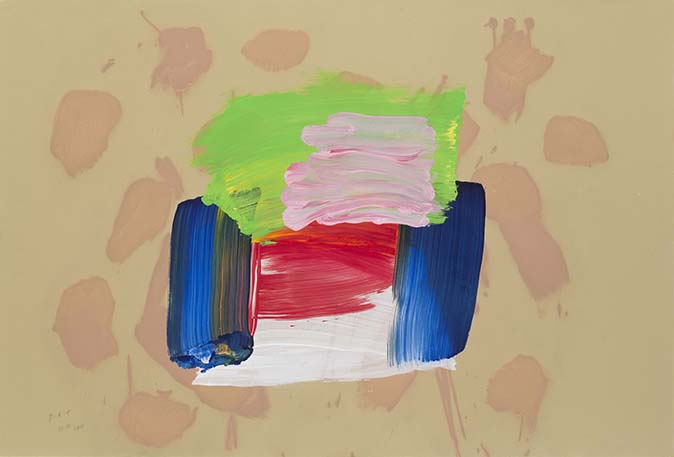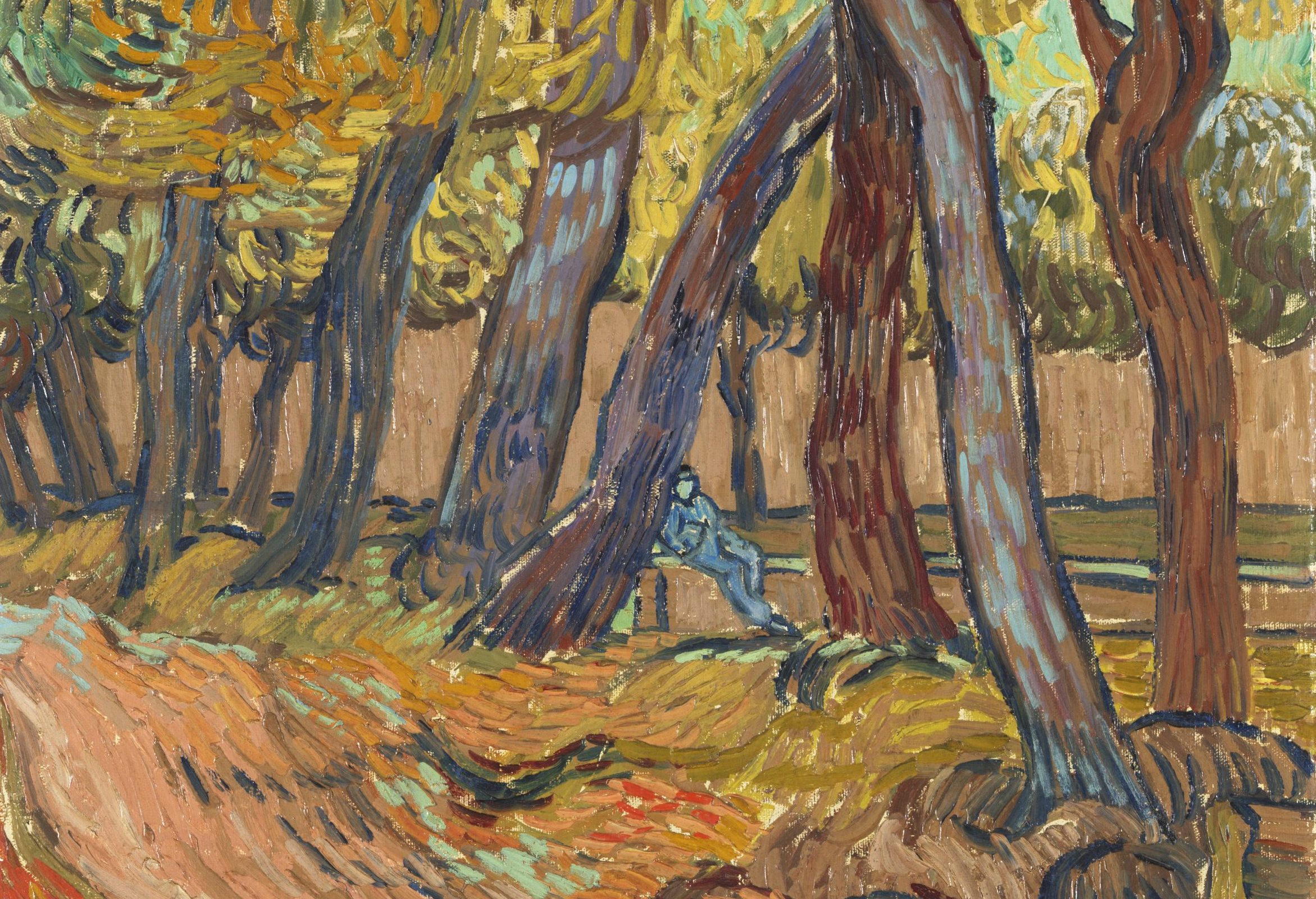My favourite painting: Greg Pickup
Conservationist Greg Pickup chooses a portrait of an early gay rights activist that is simultaneously shabby yet charismatic.


Greg Pickup on Edward Carpenter by Roger Fry
‘The radical early gay-rights activist Edward Carpenter is a personal hero of mine. His influence in his lifetime was enormous, but he is, unfairly, almost unknown today. Fry’s portrait captures him better than any.
‘The “sandal-wearing socialist” was much-mocked in his lifetime, but the world has since caught up with many of his views; from gay rights to vegetarianism and the value of physical exercise and the outdoors. This portrait gives us the quintessential Carpenter: shabby, yet charismatic; distant, yet engaging; modern, yet very much of his time.’
Greg Pickup is the new chief executive of the Churches Conservation Trust and a former CEO of Heritage Lincolnshire.
Charlotte Mullins comments on Edward Carpenter
In 1929, on the death of the influential socialist writer Edward Carpenter, Roger Fry wrote to the National Portrait Gallery in London: ‘In view of the position that the late Edward Carpenter held in the world of social reform you may, I think, wish to have a portrait of him. I knew him well in my youth and one of my earliest more-or-less complete works was a portrait of him.’
Fry painted throughout his life, but he is better known today as the founder of the Omega Workshops, the author of Vision and Design and a specialist on Italian Renaissance art. Before he studied art at the Académie Julian in Paris, France, he was a Cambridge student reading Natural Sciences. During his time as an undergraduate, Carpenter was persuaded to deliver a lecture there and Fry was hooked. He travelled up to Derbyshire to meet his hero, an openly gay man 22 years his senior, and the two became friends.
When Carpenter was 50, Fry painted this portrait. Carpenter stands in a near-empty room, dressed in red tie and polished shoes, still wearing what Fry called his ‘anarchist overcoat’. There’s surely a nod to Edouard Manet’s A Bar at the Folies-Bergère (1882), with Fry’s emphasis on the large gilt mirror and the details reflected in it — the solitary chair, a heavily framed canvas, a window with half its light blocked off.
Fry was, indeed, hooked on Manet and went on to curate the hugely important ‘Manet and the Post-Impressionists’ exhibition in London in 1910.

My Favourite Painting: Sir Nicholas Serota
'The subject looks back to Botticelli, Titian and Ingres and forward to Picasso’s Demoiselles, but the visceral power is closer

Credit: Courtesy of the artist’s estate/Alan Cristea Gallery
Exquisite houses, the beauty of Nature, and how to get the most from your life, straight to your inbox.
My favourite painting: Roger Wright
'Its typically powerful brushstrokes and juxtaposed gorgeous colours give a heart warming and evocative sense of fun and nostalgia'
In Focus: The unforgettable art of the British WW1 soldier who might have been the Kaiser's son
Karl Hagedorn's contribution to Post-Impressionist art in Britain has been neglected for too long – a new exhibition in Chichester seeks

In Focus: How his time in Britain helped shap Van Gogh's life, career and art
Charles Darwent discovers the little-known influences of British art and culture on the work of Vincent van Gogh.

Charlotte Mullins is an art critic, writer and broadcaster. Her latest book, The Art Isles: A 15,000 year story of art in the British Isles, will be published by Yale University Press in October 2025.